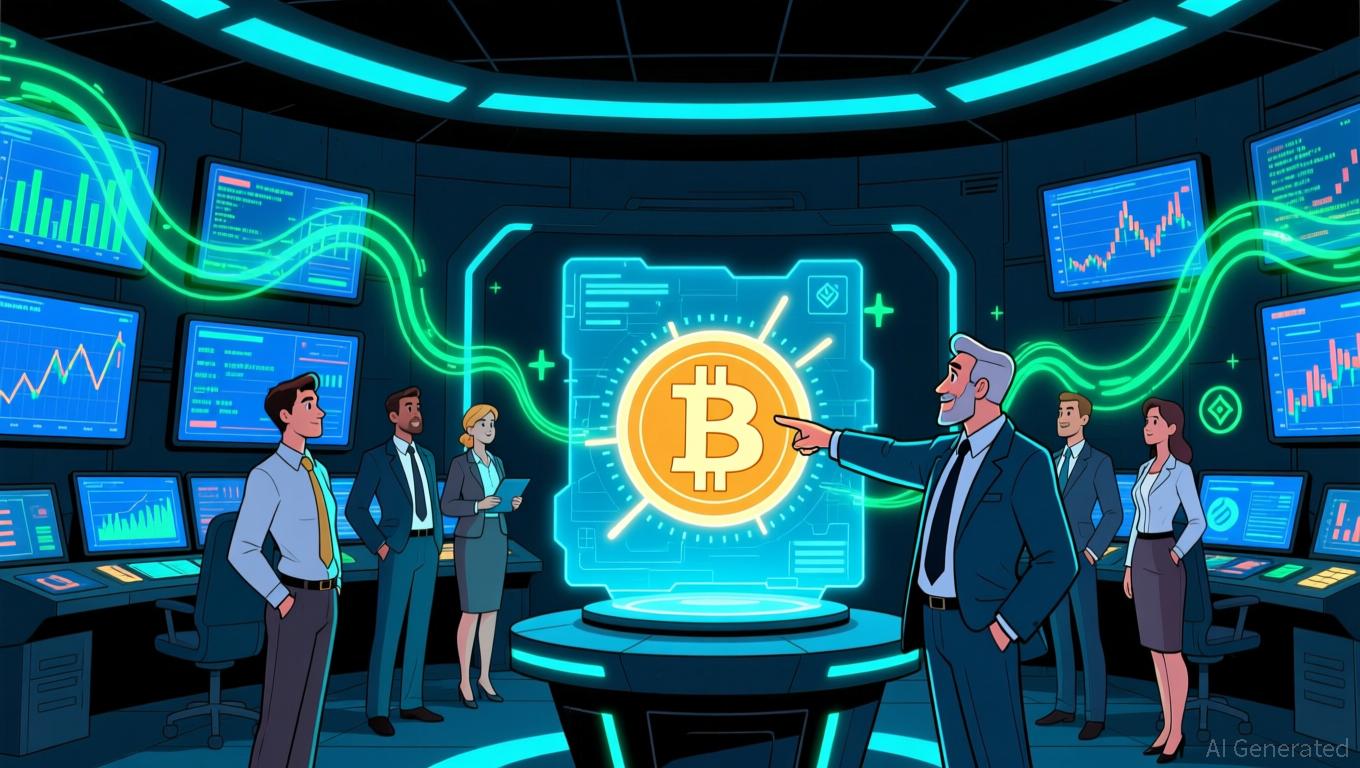Investors pile into alts through ETFs
Nearly half of Americans are ditching the old-school playbook. According to a Charles Schwab survey released yesterday, 45% of US investors now say they want to put money into non-traditional assets, and that includes everything from crypto and gold to private equity, real estate partnerships, and hedge funds.
The same poll says two-thirds of people think sticking only to stocks and bonds doesn’t cut it anymore.
Reportedly, Schwab asked 2,400 people (2,000 adults, plus an extra 200 Gen Zers and 200 crypto investors) what they thought about investing. The message was loud and clear: the traditional model isn’t enough. Young people, especially, are fed up. Experts even have a name for it: “financial nihilism.” People want more choices, and they’re not scared to look outside the usual options.
Investors pile into alts through ETFs
Alternative investments, or “alts,” include anything outside the usual cash, stocks, and bonds. We’re talking commodities like gold and oil, real estate, private companies, and of course, cryptocurrency. But these options are messy. They come with complex rules, lock-up periods, and in many cases, low liquidity. That’s where exchange-traded funds (ETFs) come in.
Instead of diving into private deals, more investors are picking ETFs that track these riskier assets. It’s a safer way to get in without locking up funds for years. According to State Street Investment Management, over $1 trillion has already gone into U.S.-based ETFs this year, and analysts allegedly told CNBC that much of that money has gone straight into gold and crypto ETFs.
Cathy Curtis, CEO of Curtis Financial Planning, says ETFs help skip the red tape. “These [private] investments often have multi-year lockup periods, limited redemption windows, or depend on the underlying fund liquidating its holdings before investors can get paid out,” she said. In contrast, ETFs holding those same assets can still be bought and sold throughout the day, even in after-hours trading.
But Curtis also gave a warning. People with smaller portfolios shouldn’t go too deep into alts. “Keep alternatives under 5% if your portfolio’s small. Bigger investors can push it to 10–15%,” she said. ETFs offer access, but they’re not magic.
Government pushes make alt access easier
The regulatory environment is also shifting. In August, former President Donald Trump signed an executive order that makes it easier to offer alts inside workplace retirement plans. At the same time, the U.S. Securities and Exchange Commission (SEC) has rolled out changes that could speed up the launch of spot crypto ETFs. Both moves could blow the door wide open for more everyday investors to buy into alternatives without complicated legal or financial hoops.
Still, not everyone’s convinced it’s time to jump ship from traditional assets. Andy Reed, who heads behavioral economics research at Vanguard, says the hype can lead people into bad decisions. “Although there is constant noise in the investment landscape, chasing fads or the latest headlines can negatively impact an investor’s portfolio in the short and long term,” Reed said.
And the data backs him. If you had tossed $1,000 into the S&P 500 in February 1970, you’d be sitting on over $379,000 today. Even a $1,000 bet in January 2020 would be worth $2,200 by October 20, according to Morningstar Direct.
So, while more investors are hungry for alternatives, the message from advisors is clear: non-traditional assets are growing, but they’re not a free pass. As Curtis put it, “Boring investing still works.”
Disclaimer: The content of this article solely reflects the author's opinion and does not represent the platform in any capacity. This article is not intended to serve as a reference for making investment decisions.
You may also like
JPMorgan and DBS Establish Interoperability Framework to Transform Worldwide Tokenized Financial Systems
- JPMorgan and DBS Bank partner to create a blockchain-based interoperability framework for tokenized deposits, aiming to revolutionize cross-border institutional payments and set digital finance standards. - The framework enables real-time 24/7 settlements across public and permissioned blockchains, allowing seamless exchange of tokenized deposits between institutions via JPMorgan's Kinexys and DBS's tokenization expertise. - By addressing ecosystem fragmentation and enhancing operational flexibility, the

Europe’s AI Application Ecosystem: Ten Years of Momentum Poses a Challenge to US Dominance
- Europe and Israel are closing the AI application gap with the U.S., per Accel's 2025 report. - European startups now secure 66% of U.S. private funding, up from 10% a decade ago. - The application layer focuses on real-world solutions, leveraging technical talent and industry expertise. - Traditional cloud firms integrate AI, while ethical governance strengthens Europe's position. - Challenges include hardware supply bottlenecks and financial pressures on top firms.

MUTM's Two-Tier Lending Approach Projects Returns Up to 50 Times
- Mutuum Finance (MUTM) has raised $18.5M in presale, with Phase 6 nearing 95% allocation at $0.035. - Analysts project 50x returns by 2026 ($3.00) due to its dual-lending model (P2C/P2P) and 45,000% long-term growth potential. - The project features 90/100 CertiK audit, $50K bug bounty, and plans for a Sepolia testnet stablecoin by Q4 2025. - With 45.5% supply sold and Phase 7 priced at $0.04, MUTM aims to disrupt DeFi lending through institutional-grade security and decentralized governance.

Dogecoin News Today: The 2025 Cryptocurrency Split: Is DOGE Driven by Hype or MUTM Leading DeFi Advancements?
- Dogecoin (DOGE) surges to $0.17 amid Bitwise ETF approval progress, but analysts question its long-term viability beyond speculative hype. - Mutuum Finance (MUTM) nears $18.6M in Phase 6 presale, attracting 17,900 investors with a projected 400% return if listed at $0.06. - MUTM's structured growth (250% from $0.01) and DeFi lending innovation contrast with DOGE's reliance on regulatory tailwinds and viral momentum. - Institutional crypto whales shift focus to MUTM's dual-lending model as Solana ETFs dra

